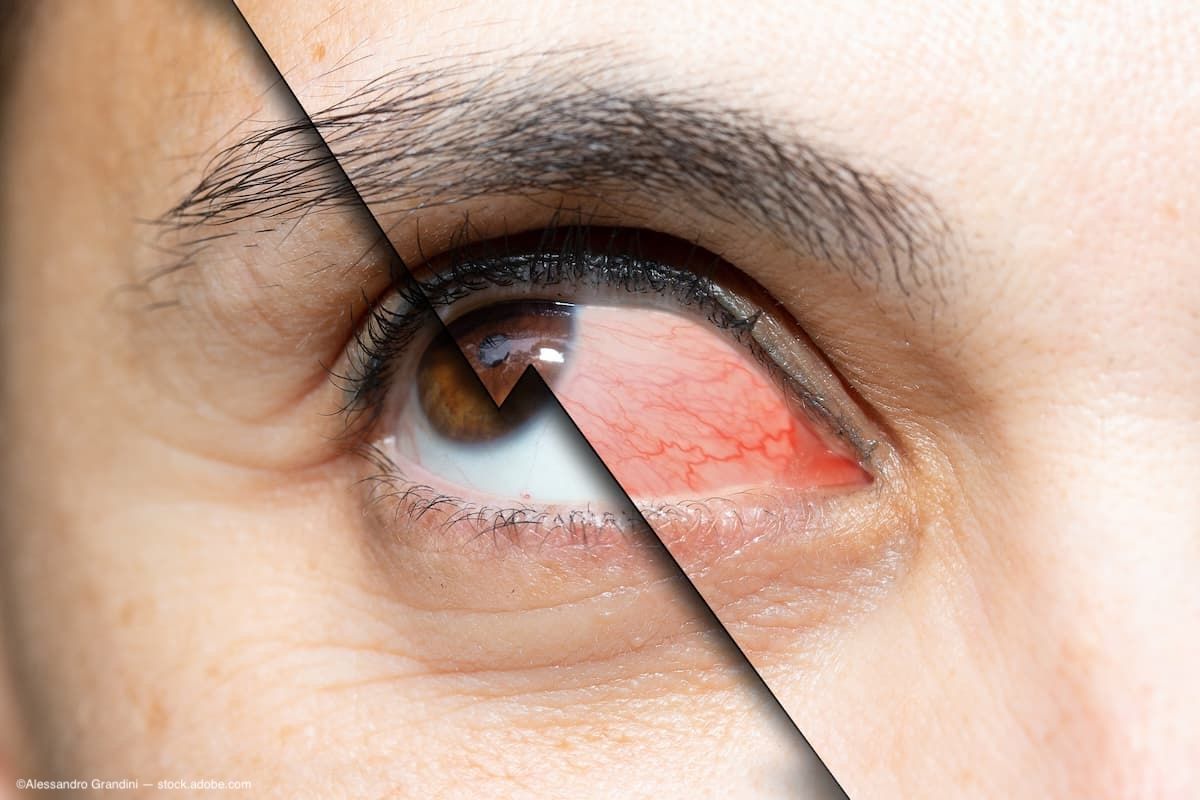Article
Improvements in drug delivery, IOP monitoring key
Development of sophisticated drug delivery systems able to overcome the problem of medication nonadherence and of technology for remote, long-term monitoring of IOP is cutting edge for advancing glaucoma care. Representatives from industry described their companies' novel approaches in these areas during a session moderated by Eliot Lazar, MD, ELCON Medical.
San Francisco-Development of sophisticated drug delivery systems able to overcome the problem of medication nonadherence and of technology for remote, long-term monitoring of IOP is cutting edge for advancing glaucoma care. Representatives from industry described their companies’ novel approaches in these areas during a session moderated by Eliot Lazar, MD, ELCON Medical.
Robert F. Thompson, chairman and chief executive officer (CEO), Amorphex Therapeutics, reviewed his company’s proprietary innovation (Topical Ophthalmic Drug Delivery Device [TODDD]), which he said represents a new approach to development of sustained ophthalmic drug delivery technology. TODDD is a soft elastomeric device that slides under the upper or lower eyelid to rest on the sclera. Active drug is polymerized into the customized material matrix. Drugs incorporated so far include prostaglandin analogues and timolol maleate.
Depending on its configuration, the platform can provide sustained drug delivery for 7 to 90 days. The system can also be used as a depot carrier and simultaneously release more than one drug.
Thompson said the platform has several attractive features. Handling and teaching of insertion and removal technique are easy, and the polymer material from which the device is constructed was specifically selected for comfort and biocompatibility.
“So far, we have demonstrated in vitro release of therapeutic drug levels for more than 90 days, efficacy in a 90-day timolol study in rabbits, and comfort and retention of the delivery device without drug in humans for [more than] 200 days,” he said.
pSivida Corp. has an established track record in the development of sustained-release delivery systems for ophthalmic use. Paul Ashton, PhD, president and CEO, described new technologies in the pipeline.
For anterior delivery, a bioerodable device for subconjunctival placement and drug delivery through the sclera is in a phase I/II clinical trial using latanoprost. Recognizing that maintaining prolonged constant drug delivery in the posterior segment will be important for efficacy of neuroprotective agents, research is also focusing on platforms for intravitreal delivery made out of bioerodable polymers with a controlled degradation rate.
In the area of emerging technology, pSivida is developing a nanostructured porous silicon delivery system (BioSilicon). It offers a huge surface area that provides a high capacity for loading. The pores encapsulate proteins and limit their aggregation, which has been a major challenge with sustained-delivery systems for proteins. Pore sizes can be controlled to the angstrom range, and the release rate of the drug load depends on the size of the pore relative to the size of the protein, as demonstrated in a study using a commercially available anti-vascular endothelial growth factor agent.
“The stability of this system is like that of eggs in an egg crate,” Dr. Ashton said. “It can provide long-term delivery while keeping the molecule in a safe environment while it is being released.”
AcuMEMS is commercializing wireless sensor technology for remote direct IOP measurement. As described by Douglas Lee, president and CEO, two devices for continuous IOP monitoring are in development-one for anterior chamber implantation (360AC) and the other for placement in the posterior chamber (360PC). The anterior chamber device is intended for patients with glaucoma with advanced disease and vision loss and would be inserted during cataract, shunt, or trabeculectomy surgery. The posterior chamber device is a product for patients with coincident cataract and glaucoma and would be implanted during cataract-IOL surgery.
Both implants are paired with a monitor that allows direct monitoring of IOP with the push of a button. The data can be remotely transmitted and downloaded.
“This technology will allow IOP to be managed to a targeted level,” Lee said.
So far, the platform has been proven to work in chronic animal studies, and the company is focused on achieving its first clinical trial.
Implandata Ophthalmic Products is also developing technology for continuous measurement of IOP. Its system is based on radiofrequency identification technology that originated in the automotive industry, said Max G. Ostermeier, MBA, founder and CEO.
Two devices are being developed-one for intraocular placement in the sclera during cataract surgery (ARGOS-IO) and the other for extraocular placement that is intended for standalone implantation (ARGOS EO).
The precision of the technology has been demonstrated in testing that shows excellent concordance with manometric measurements and Goldmann tonometry. A clinical trial for obtaining the CE mark has already started and the process for beginning a U.S. trial of the intraocular version is under way. Simultaneously, the company is addressing the challenge of telemedicine infrastructure integration.
“In the long run, we see the potential for combining the sensor with therapeutic devices in order to realize a closed-loop system,” Ostermeier said. “Implandata has a packed roadmap for the future, but we are set up to work on it efficiently.”
For more articles in this issue of Ophthalmology Times Conference Briefclick here.
Newsletter
Don’t miss out—get Ophthalmology Times updates on the latest clinical advancements and expert interviews, straight to your inbox.




